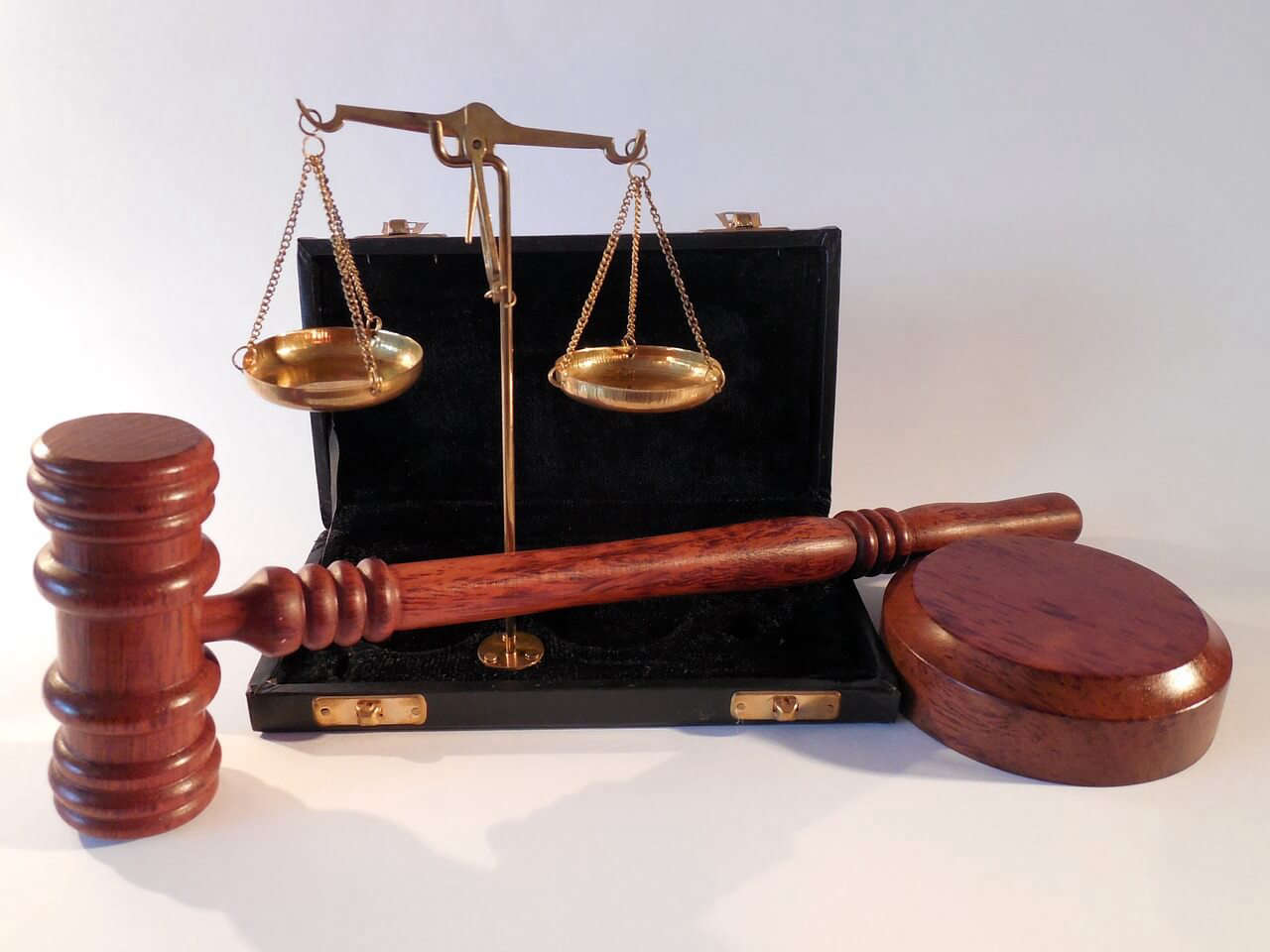From Conflict to Precedent: The Path of Forming Precedent Law
Exploring the World of Precedent Law: Examining its Birth in Conflict, Role Across Countries, and Challenges and Prospects. Unveiling crucial aspects to aid in grasping the essence of this legal practice.
10 March 2024

In the modern world, understanding and applying the doctrine of precedent is an integral part of the legal system. This unique approach to shaping legal norms constitutes a system where decisions from previous court cases serve as a basis for making decisions in the future. Before us unfolds not just legal practice, but an entire world where legal conflicts become a source of generalized principles.
The doctrine of precedent, as a concept, traces its roots back in history, and excavating this historical depth is an important step in comprehending the contemporary legal landscape. Starting from the earliest precedents and ending with modern challenges, it becomes clear that this form of law influences the development of the entire legal system.
In the context of justice, precedents act as kind of "path indicators" in resolving similar cases. Their significance lies in establishing unified norms and standards, contributing to a more fair and consistent application of laws. Precedents also reflect the dynamism of society, adapting to changing customs, values, and technological trends.
In this article, we will delve into the fascinating world of precedent law, highlighting key moments in its formation and its role in modern jurisprudence. Guide words such as "precedent," "legal system," "legal norms," and "significance in legal practice" will be our companions on this captivating journey.
From Conflict to Precedent
The legal system, as a complex network of norms and principles, heavily relies on conflicts as a source of resolving disagreements. The role of conflicts in this context becomes pivotal. In the realm of jurisprudence, conflicts serve as fuel for the formation of new precedents, acting as a catalyst for the development of legal standards.
Conflicts in the legal system are necessary to highlight differences in the interpretation of laws and norms. They act as a trigger for the process of forming precedents. It is precisely in unresolved disagreements that the potential for creating widely accepted norms, which will later become precedents, lies.
The process of forming precedents from conflicting situations often begins with a thorough analysis of court decisions. When a conflict reaches a judicial instance, judges review the facts of the case and apply laws to the specific situation. In doing so, court decisions become a starting point for future cases with similar circumstances.
Precedents formed from conflicts become a kind of "legal lessons," extracted from the experience of previous disputes. They not only resolve specific cases but also establish widely accepted rules that subsequently guide judicial practice. This process provides the legal system with flexibility and adaptability to changing circumstances.
It is important to note that not all conflicts lead to the creation of precedents. Only situations that the court recognizes as significant and generalized become the basis for future decisions. This selection is based on importance and public interest, giving precedent law special significance.
Thus, the path from conflict to precedent represents an important aspect of the functioning of the legal system. It underscores the role of conflicts in the development of legal standards and demonstrates how disagreements can serve as an engine for the formation of widely accepted norms.
Precedent law and its essence
In the realm of the legal world, precedent law represents a unique system where court decisions in prior cases serve as a foundation for making decisions in the future. It is not codified law but rather a collection of precedents established through judicial practice. The essence of precedent law lies in the utilization of past decisions in similar cases, providing flexibility and contributing to the development of the legal system.
Precedents become norms through frequent and repetitive application. When courts consistently rely on decisions made in specific situations, they create precedents that gradually attain normative status. This process is based on the principle of established precedent practice, where judicial decisions become widely accepted standards regulating certain types of legal issues.
The essence of precedent law manifests in its ability to adapt to changing circumstances. Unlike statutes, precedents are dynamic and can evolve in response to social, technological, and cultural transformations. It is this flexibility that enables precedents to actively influence the legal system, making it more responsive to the challenges of the times.
The process of transforming precedents into norms involves not only the resolution of legal cases but also their subsequent interpretation and application in new contexts. Precedents are not static; they evolve alongside society, adapting to changes in values, perceptions, and needs.
It is crucial to emphasize that precedent law is not a replacement for legislation but a complement, providing a more flexible and context-sensitive mechanism for justice. This dynamic system not only resolves specific disputes but also contributes to shaping societal standards and legal norms.
Precedents in various jurisdictions
In the realm of law, different countries follow unique paths in the realm of precedent law, shaping the characteristics of their judicial systems. In the United States, precedents established by higher courts hold the status of laws that must be obeyed. This principle, known as "common law," makes court decisions the basis for creating legal norms and guides future courts.
In continental Europe, on the other hand, precedent law carries less weight as legal systems are oriented towards codifying laws. Here, primary importance is given to the texts of laws, and courts tend to follow a literal interpretation. This approach imparts rigor and stability to legal systems.
In the United Kingdom and other countries with a mixed system, precedents are combined with codified laws, creating a balance between flexibility and legality. This fusion of two approaches forms a flexible system capable of adapting to changing circumstances.
The influence of cultural characteristics on the approach to precedent law is evident in the attitude towards the authority of court decisions. In countries with a more hierarchical culture, precedents may be viewed as more authoritative, while in collectivist societies, more attention may be given to public interests and justice.
Precedents in various jurisdictions not only serve as tools of justice but also reflect the unique characteristics of the cultural and legal landscape of each country. These differences make legal systems distinctive and demonstrate how cultural features shape legal approaches.
Examples of successful precedents
Let's explore some prominent cases where precedents have proven their effectiveness in the legal system. One of the most notable examples is the case of "Brown v. Board of Education" in the United States. The Supreme Court's 1954 decision declaring segregation in education unlawful became a precedent that initiated anti-segregation changes and had a profound impact on society.
The United Kingdom also has examples of the successful application of precedents. The case of "Donoghue v. Stevenson" (1932) laid the groundwork for the precedent on product liability, establishing the principle that a manufacturer is responsible for the quality of its products before the end consumer.
Another significant precedent emerged in South Africa with the case "Minister of Health v Treatment Action Campaign" (2002), concerning access to antiretroviral drugs for combating HIV/AIDS. The court's decision was a breakthrough in the fight for access to medicines and spurred changes in healthcare policy.
Examples of successful precedents exert a strong influence on society. The court decision in "Roe v. Wade" (1973) in the United States, which legalized abortion, became a symbol of protecting women's reproductive rights and influenced legislation in various countries worldwide.
Precedents also have a direct impact on the legal system. The introduction of the precedent system in India following the case "Maneka Gandhi v. Union of India" (1978) was a pivotal moment in the development of Indian constitutional law, reinforcing the principle of the right to a fair and reasonable procedural safeguard.
These examples underscore not only the role of precedents in resolving individual cases but also their influence on the evolution of legal standards and social norms. Precedents become not only legal instruments but also a driving force for societal changes.
Criticism and challenges to precedent law
Precedent law has undoubtedly been a cornerstone in the development of legal systems, but it is not without criticism. Critics of precedents often point out shortcomings in the stability and predictability of decisions. This can lead to uncertainty, especially in the context of different judicial interpretations and conflicting precedents. Some argue that this creates conditions for arbitrariness and injustice in the judicial system.
Critics' views also extend to the limited applicability of precedents in modern society. Given the rapid development of technologies and changes in socio-cultural norms, some doubt the ability of precedents to adequately respond to new challenges and situations. This underscores the need for constant updates and adaptation of legal approaches.
Another significant aspect of the criticism of precedent law is its dependence on the quality and quantity of judicial practice. In some cases, a lack of a sufficient number of precedents can lead to unresolved issues and gaps in legislation. This can provide a basis for making subjective decisions based on judges' personal beliefs.
However, despite criticism, precedent law continues to evolve. Modern legal professionals are exploring opportunities to integrate precedents with technologies such as artificial intelligence for more precise and consistent decisions. Additionally, active discussions are taking place on measures to improve the precedent-setting process to reduce the likelihood of contradictions and arbitrariness.
Precedent law, despite challenges and criticism, remains an essential tool for justice. Systematic discussions of its shortcomings and continuous improvement allow this system to adapt to modern challenges and maintain its relevance.
In conclusion, precedent law has a profound impact on the structure and essence of judicial systems in different countries. We have seen how it evolved from a tool for conflict resolution to the formation of mandatory legal norms. A crucial point in this journey was the analysis of examples of successful precedent application, where they became the basis for court decisions and influenced society.
However, precedent law is not without criticism. Discussions about its limitations and challenges raise important questions about the uncertainty of decisions and the ability to adapt to modern challenges. A crucial step in addressing these issues is the search for balanced solutions that consider both traditional precedents and innovative approaches.
Overcoming the challenges of precedent law also requires discussion and the development of strategies to reduce the likelihood of arbitrariness and unpredictability in court decisions. Considering the rapid development of technologies, integrating artificial intelligence into the precedent-setting process can provide new opportunities to enhance accuracy and consistency.
A positive aspect is the readiness of lawyers and researchers for constant improvement of the precedent law system. Active discussions and research in the field of legal sciences create an environment conducive to the development of new methods, improvement of existing ones, and maintaining the relevance of precedents.
In the future, precedent law will continue to shape the foundation for legal norms and ensure stability in legal systems. The development of new technologies, the implementation of innovative methods, and extensive knowledge exchange can create a more sophisticated system of precedent law capable of effectively responding to the challenges of modern times.




